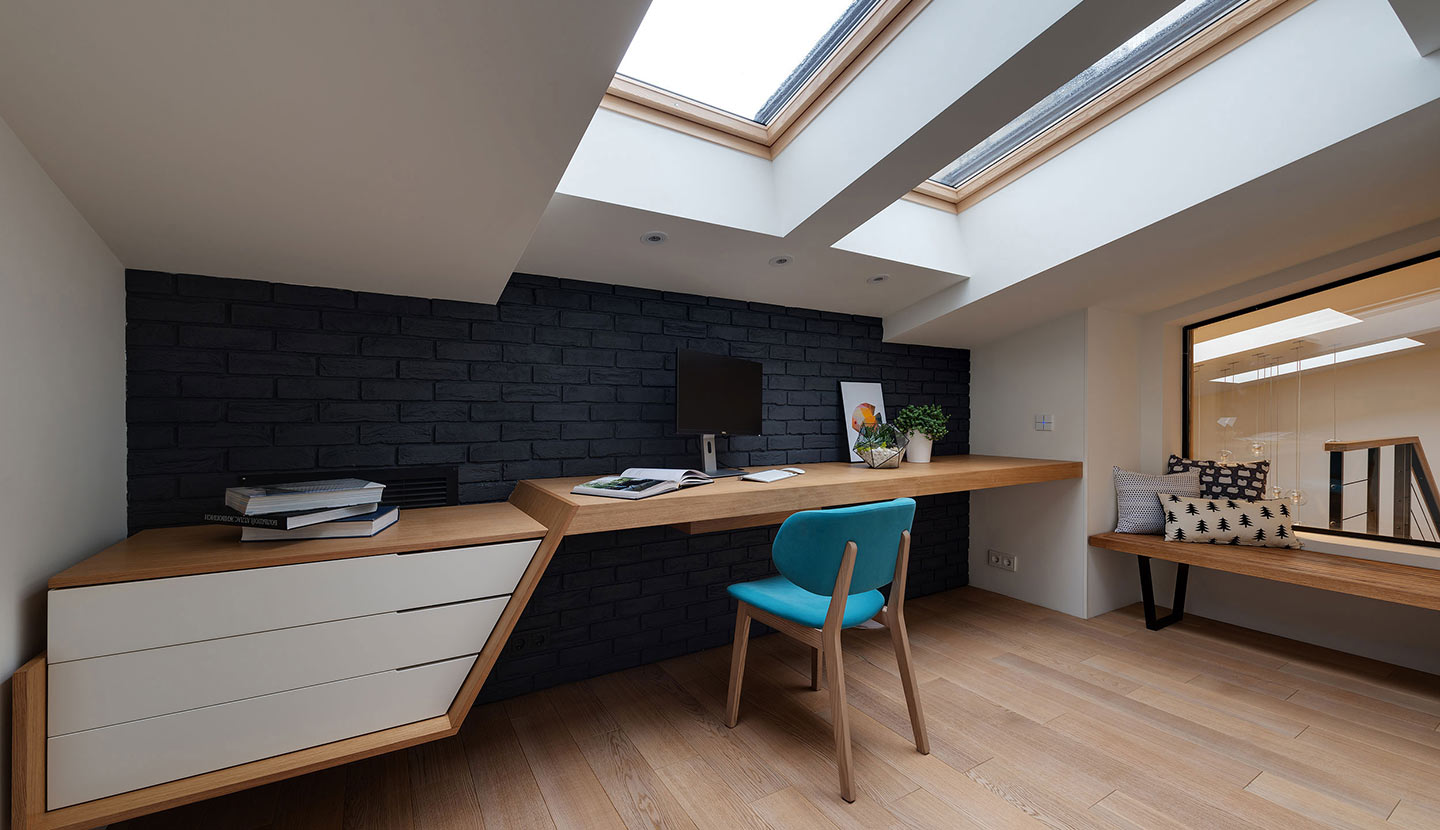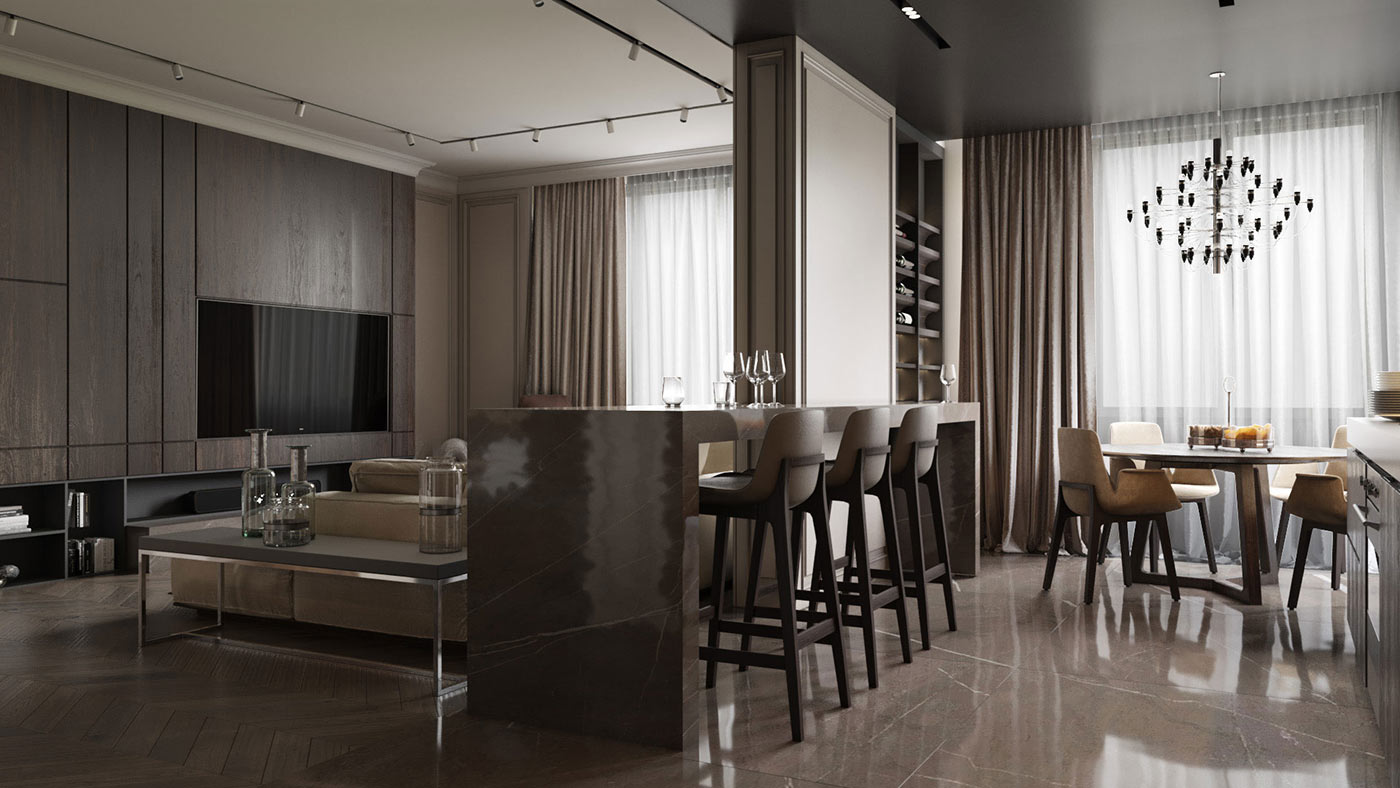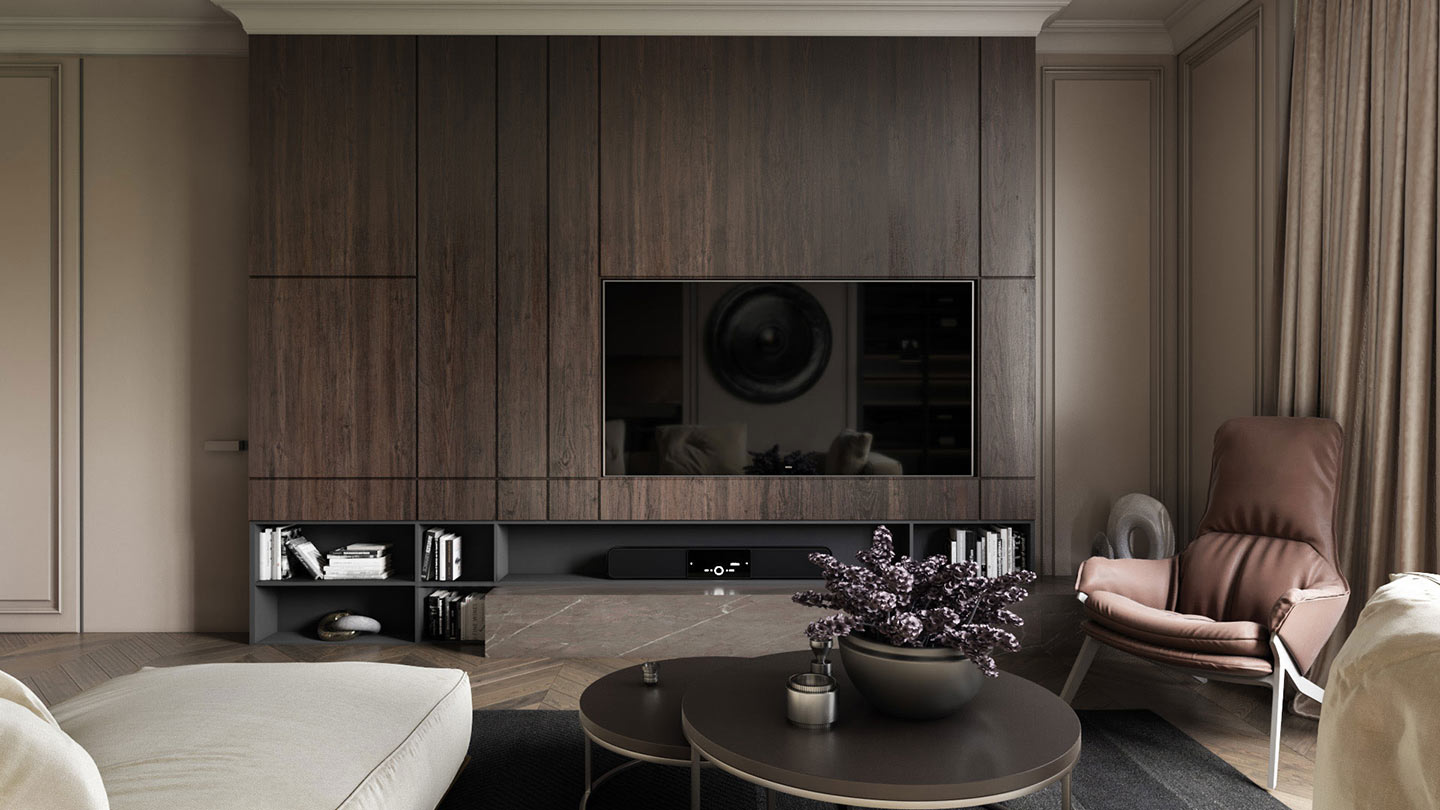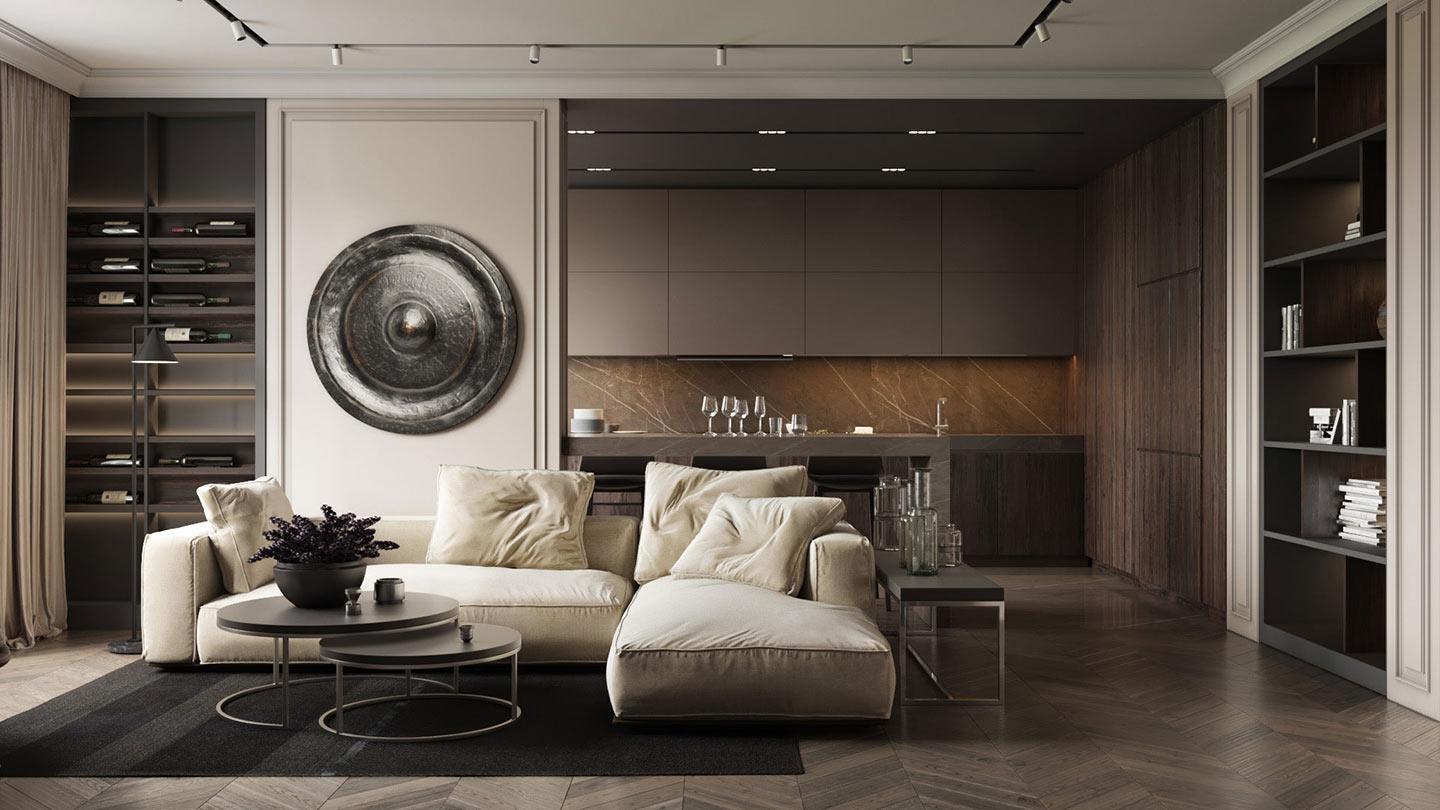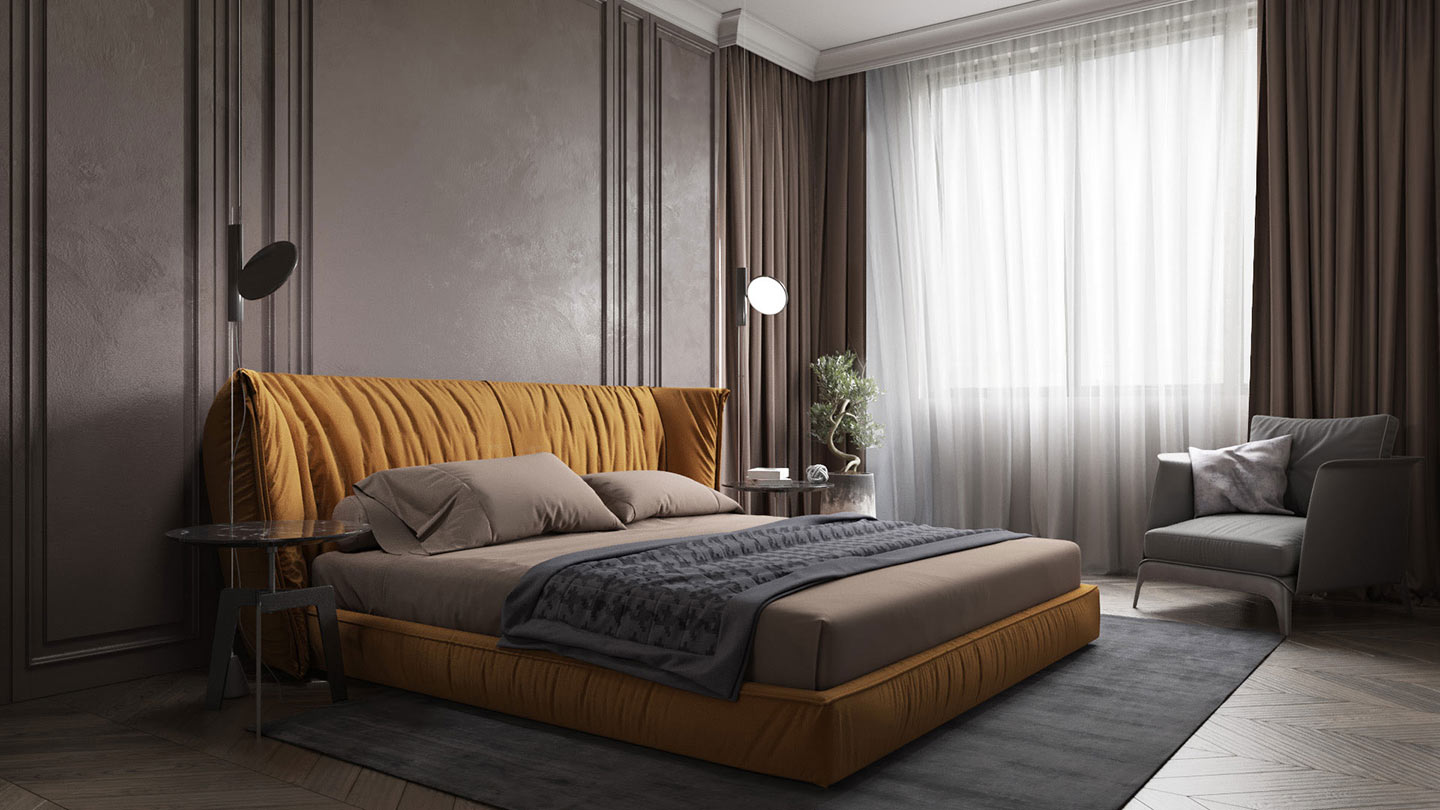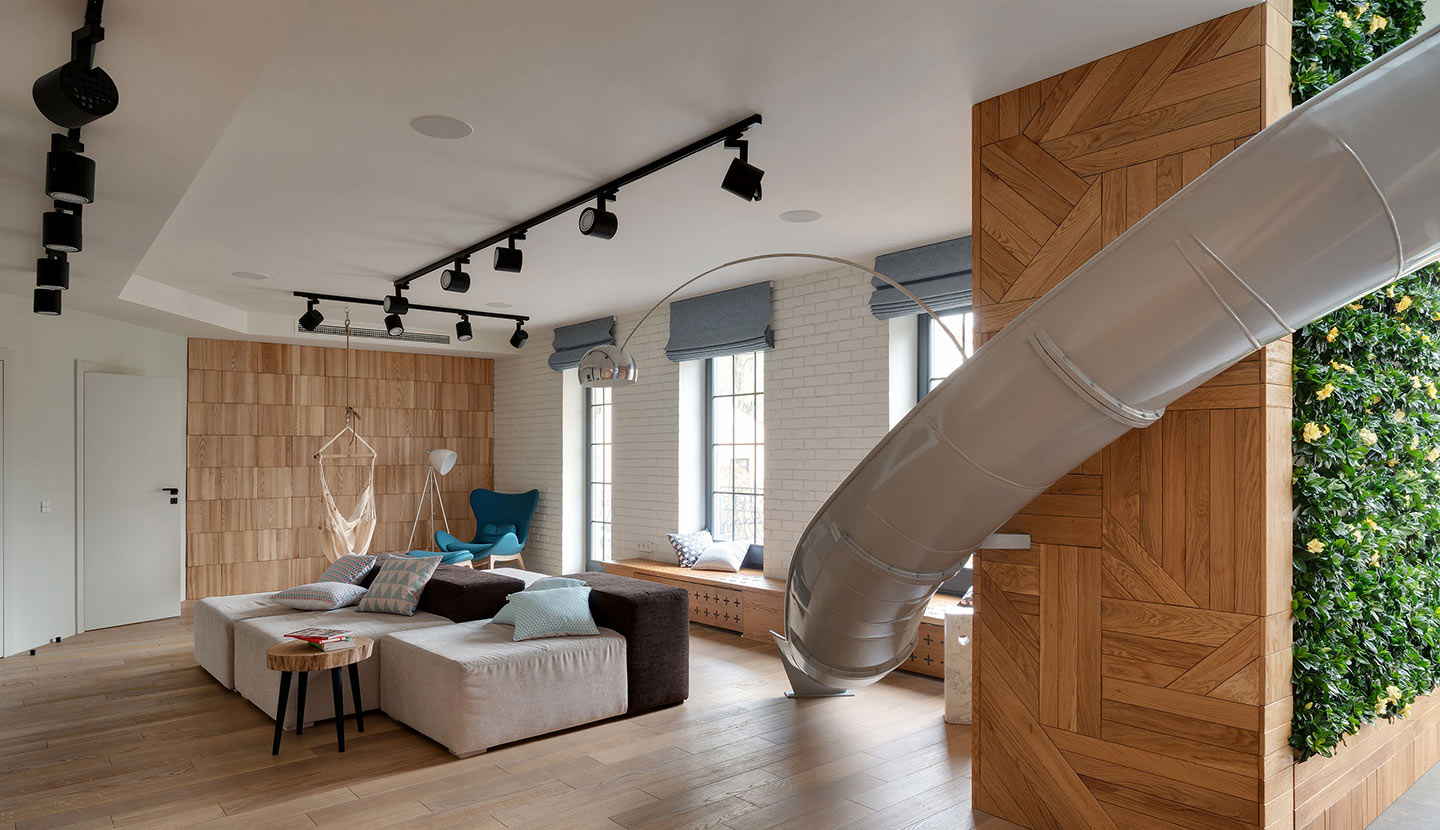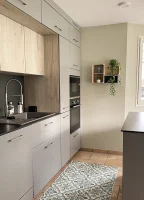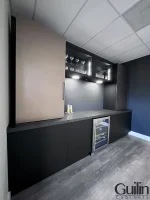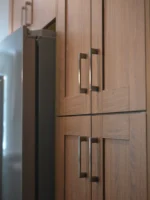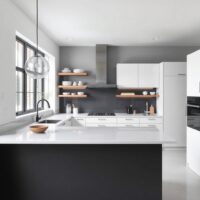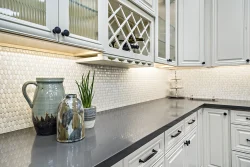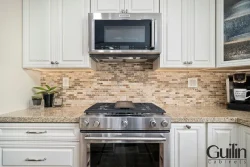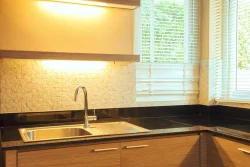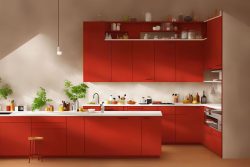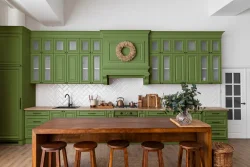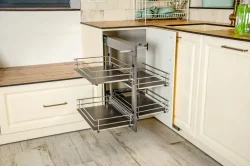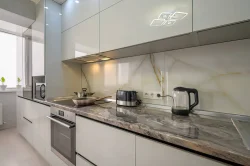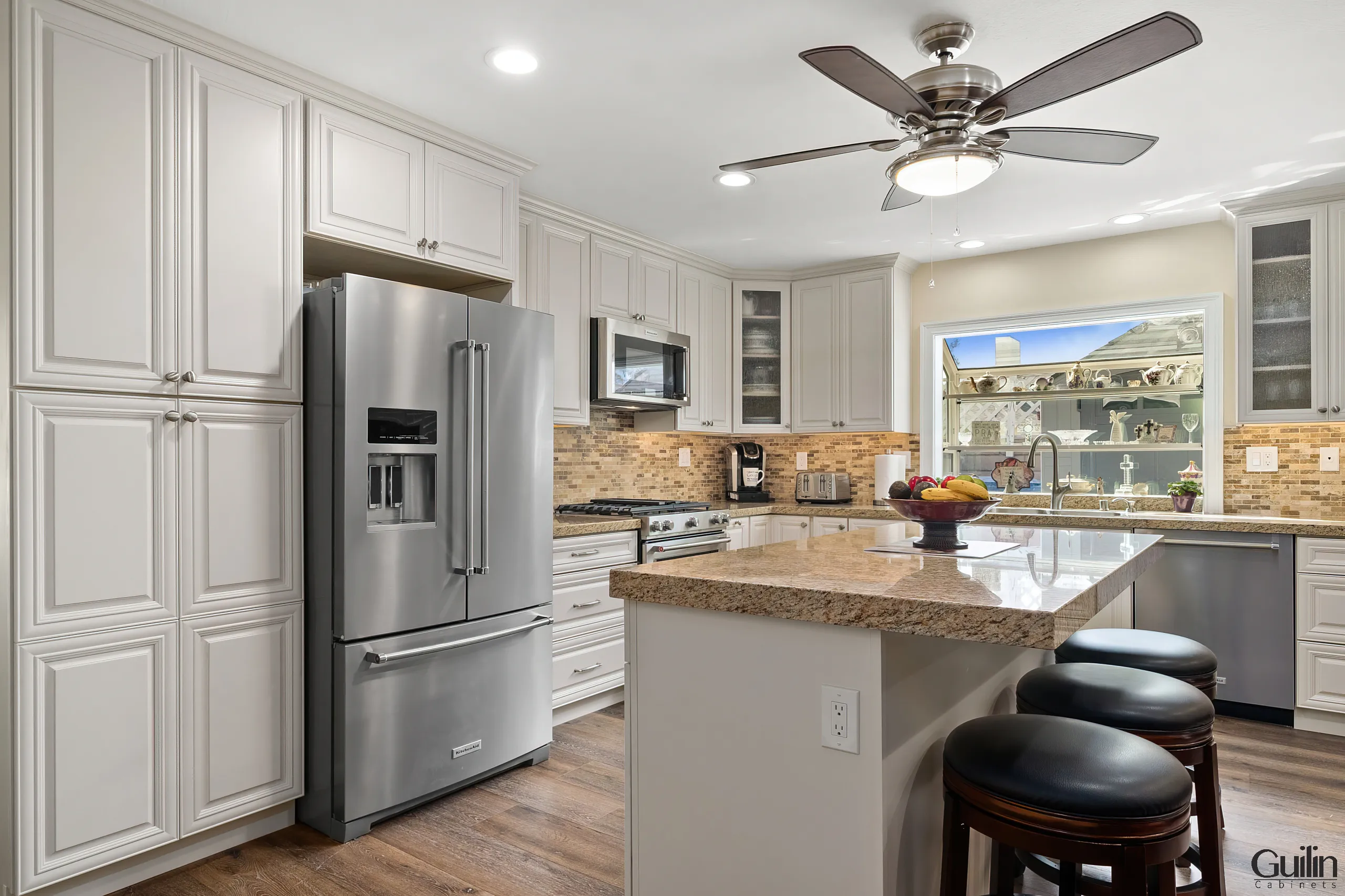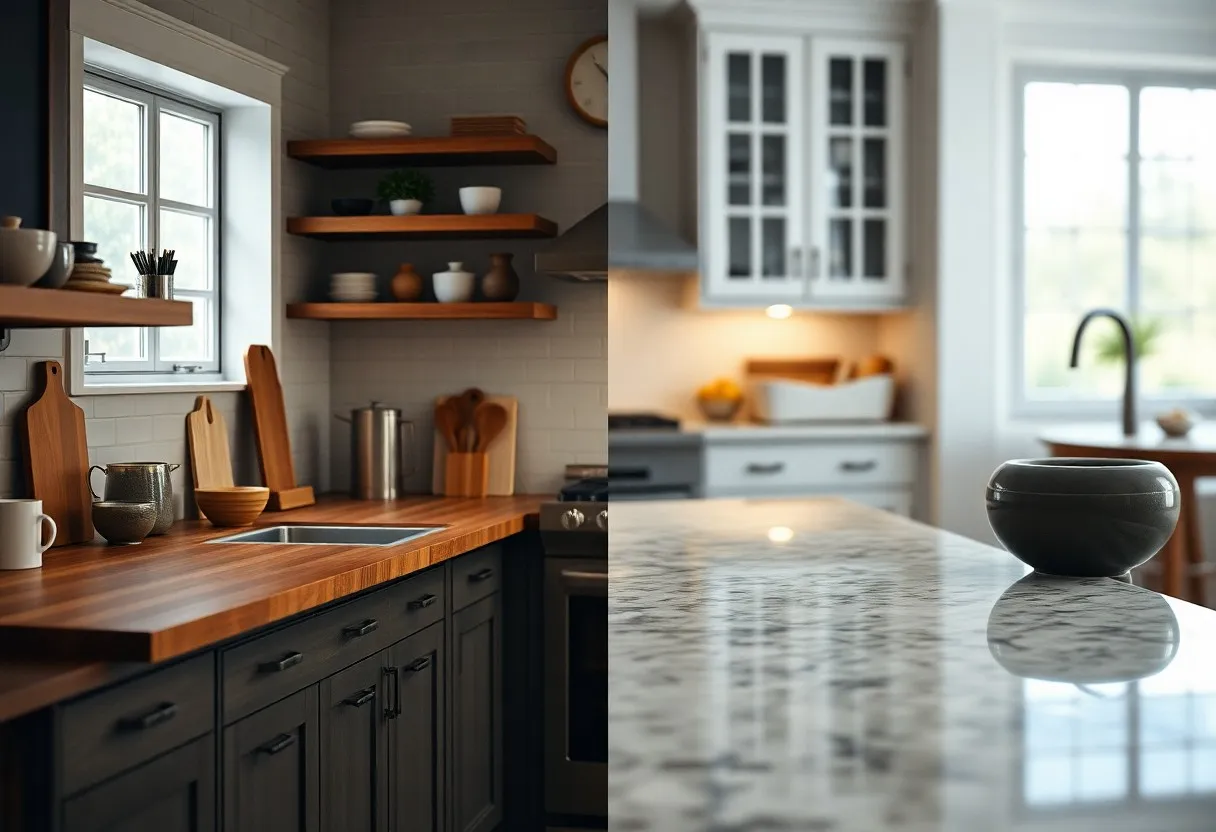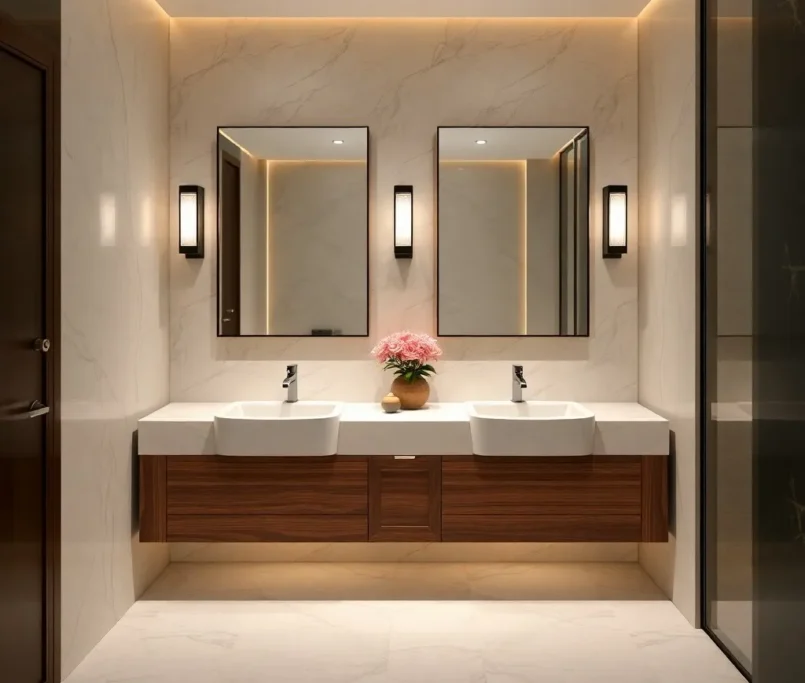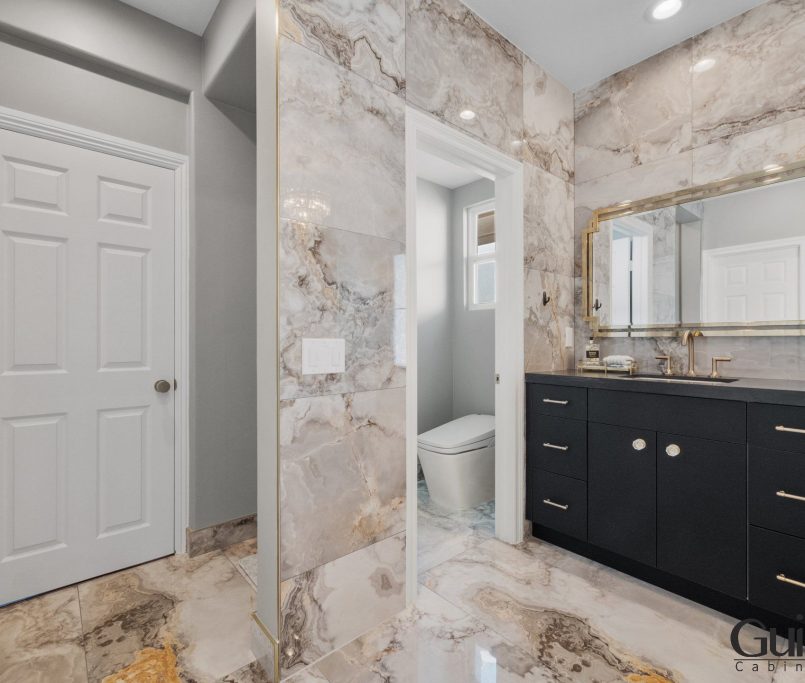Most kitchen remodels hinge on selecting the right balance of color to create a stunning and inviting space. You may wonder whether your kitchen cabinets should be darker or lighter than your walls, as this decision can significantly impact your kitchen’s ambiance. Understanding the contrast between these elements can help you establish the mood you desire, enhance your kitchen’s functionality, and ensure it reflects your personal style. Dive into this guide to discover the best strategies for achieving that perfect harmony in your kitchen design.
Kitchen Cabinets Design Be Darker or Lighter?
While designing your kitchen, one of the most significant aspects to consider is how color influences the overall experience of the space. A well-thought-out color scheme can affect not only the aesthetics of your kitchen but also your mood and the functionality of the area. The balance between light and dark is imperative in achieving the ambiance you desire, accompanying the overall style of your home and making your kitchen a welcoming hub for family and friends. This task may seem daunting, but with the right insight, you can effectively choose a contrast that resonates with you.
There’s no denying that the colors you choose for your kitchen cabinets and walls significantly impact the feel of the space. Opting for lighter colors often creates an airy and open atmosphere, making smaller kitchens feel much larger. Conversely, dark colors contribute a sense of sophistication and coziness that can evoke warmth, especially in spacious kitchens. Your choice of colors should align with your personal style and the mood you want to create in your kitchen environment.
Types of Contrasts
Assuming you’re in the process of designing your kitchen, understanding the types of contrasts between your cabinets and walls can significantly influence the overall aesthetic of the space. Here’s a breakdown of the key contrasts to consider:
| Dark Cabinets with Light Walls | Light Cabinets with Dark Walls |
| Monochromatic Options | Accent Colors |
| Natural Light Considerations | Space Awareness |
| Aesthetic Preferences | Functionality |
| Finishing Touches | Design Trends |
Knowing the differences between these options will help you make an informed decision that aligns with your unique style and functional needs.
Dark Cabinets with Light Walls
Any kitchen featuring dark cabinets paired with light walls creates a stunning visual appeal that can add sophistication to the space. This contrast allows the cabinetry to stand out, serving as the focal point while the lighter walls can maintain a sense of openness. For example, using rich, dark woods or bold colors like deep forest green or navy blue against crisp white or soft cream walls enhances the overall look.
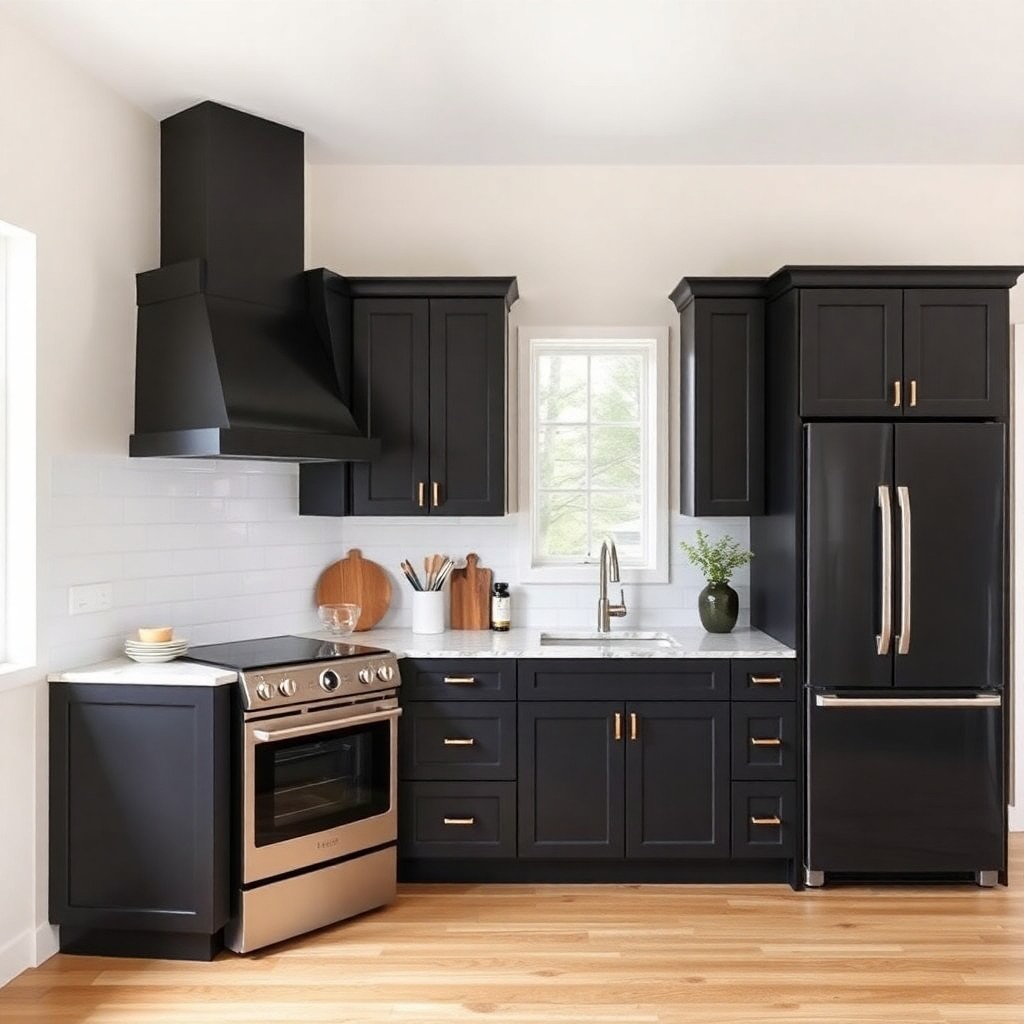
Moreover, this combination is particularly well-suited for kitchens that receive ample natural light. The darker elements can ground the space, while the light walls keep the atmosphere buoyant and airy, offering a balanced experience in your culinary haven.
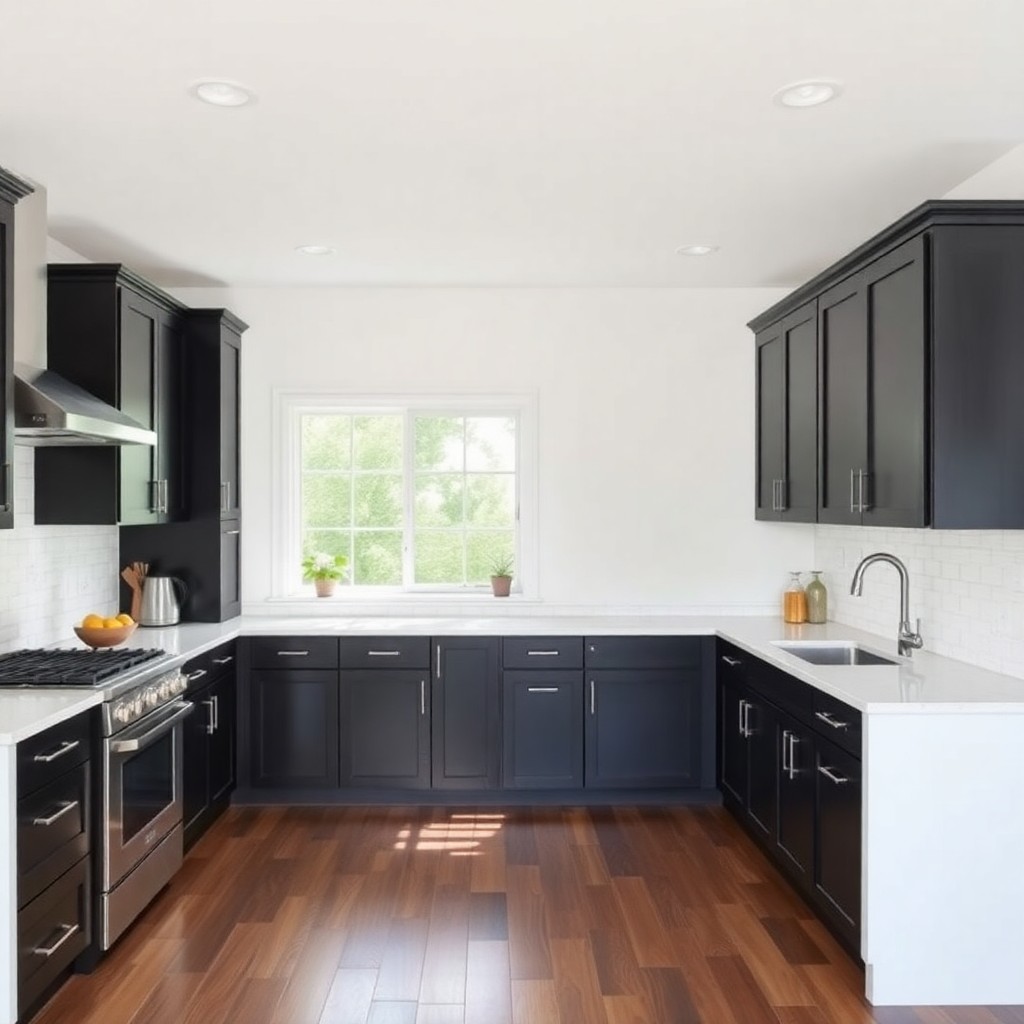
Light Cabinets with Dark Walls
Light cabinets harmonized with dark walls can create a striking and modern aesthetic that adds depth to your kitchen. The use of light cabinetry against a backdrop of darker hues offers a unique visual appeal, making the space feel cozy and inviting. Dark walls absorbed in colors like charcoal or rich jewel tones, while using pale wood or soft white cabinets, can set the stage for a contemporary vibe.
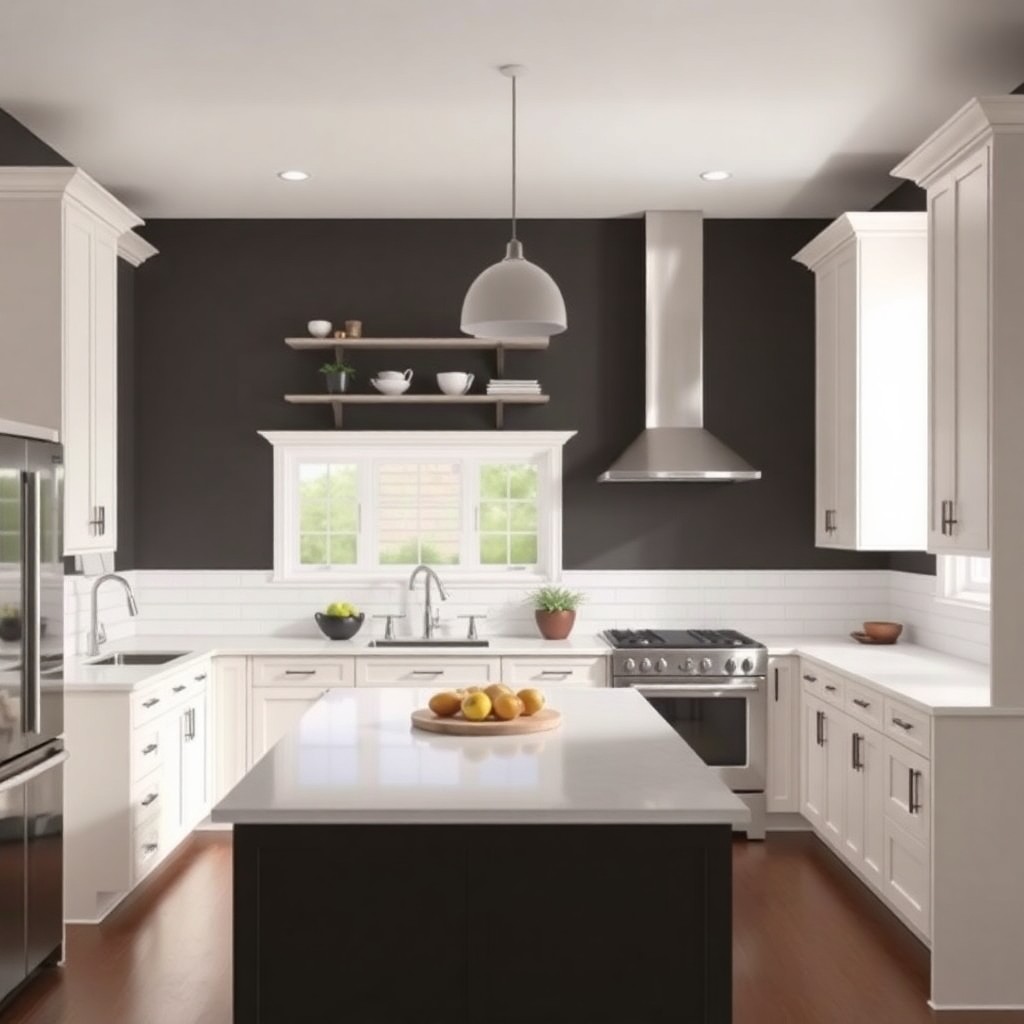
In large kitchens, dark walls can act as a canvas for light cabinets to pop, thereby preventing the space from feeling too expansive. The contrast of a light countertop, paired with sleek metallic accents, will also serve to further enhance the drama created by this combination. Contrasts can provide a sense of balance and depth, so if you choose this route, consider using light-colored accessories to brighten the overall aesthetic.
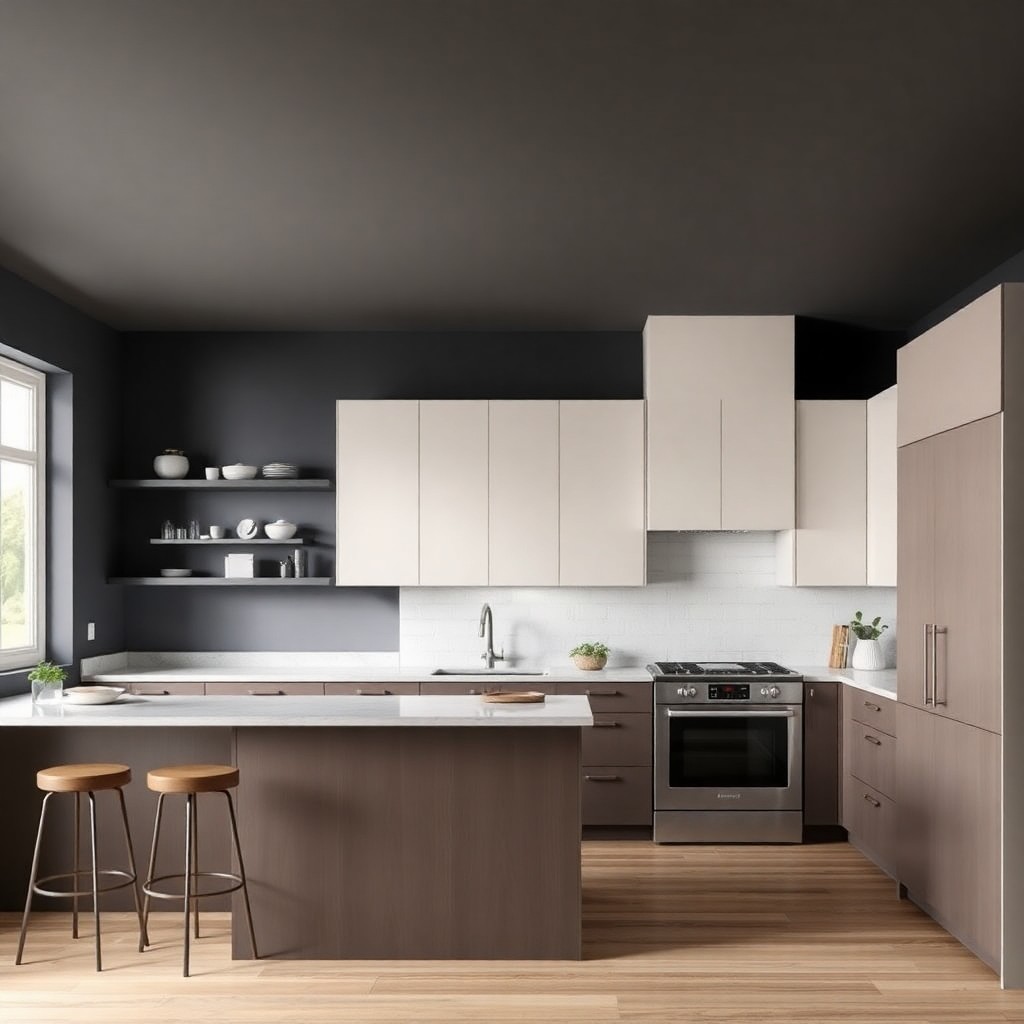
Monochromatic Options
With monochromatic options, you can achieve an understated yet elegant kitchen design. This approach relies heavily on using variations of the same color but in different shades or tints. By selecting lighter and darker hues of the same color family, you create a seamless look that is sophisticated and calming.
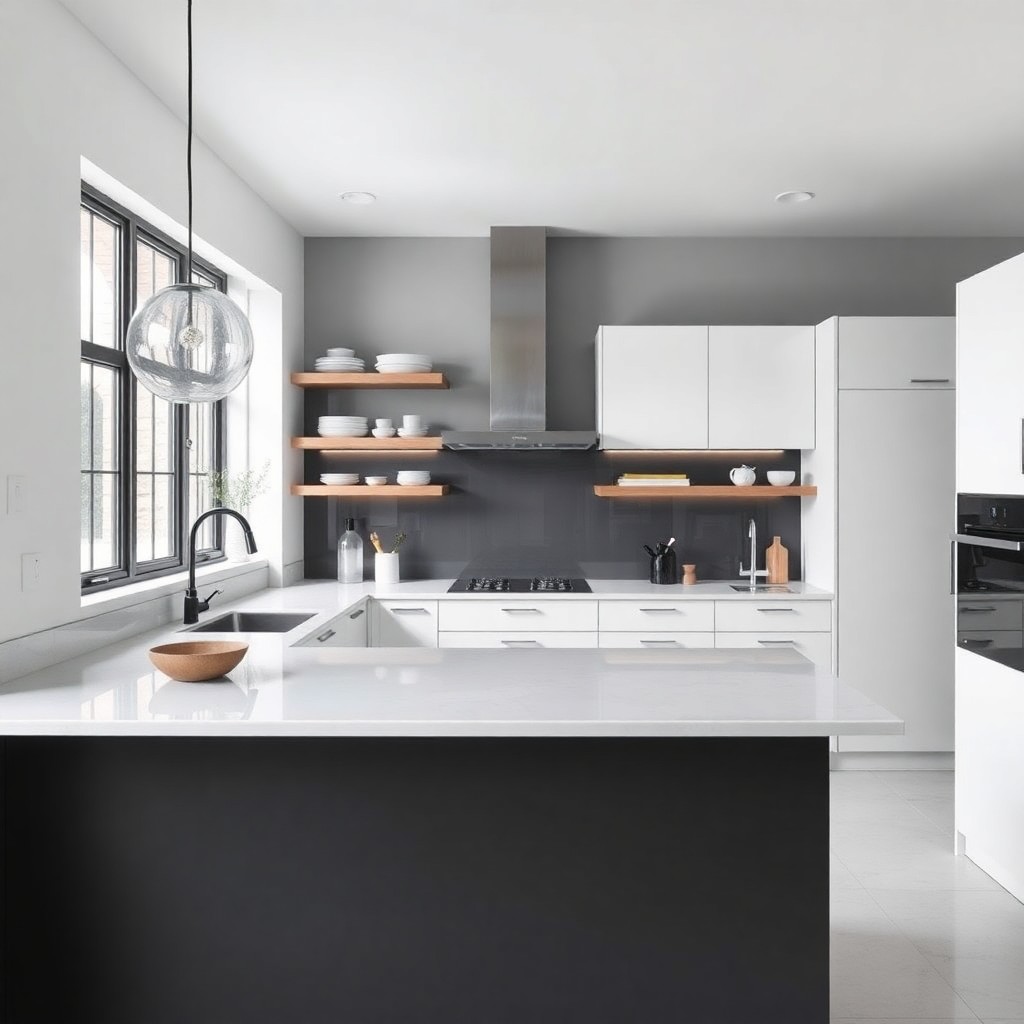
For instance, a kitchen featuring soft gray cabinets against dark gray walls maintains an element of unity while still offering enough contrast to define the spaces. Adding texture through materials such as brushed metals or natural wood alongside these colors can elevate the design even further. By carefully balancing shades and choosing the right materials, you can achieve a harmonious design that stands out with understated elegance.
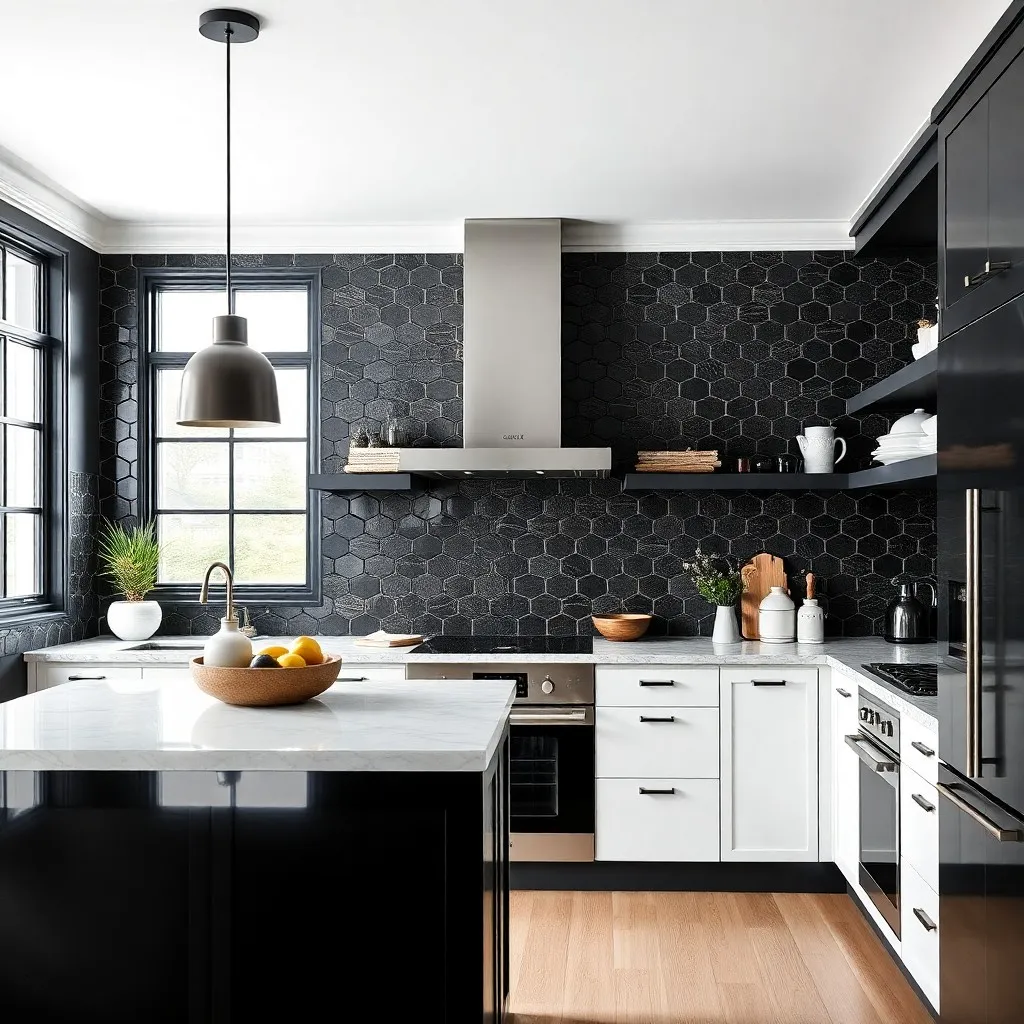
Pros and Cons of Each Combination
Your choice between dark cabinets with light walls or light cabinets with dark walls can significantly influence the overall feel of your kitchen. To help you make an informed decision, consider the following pros and cons for each combination:
| Dark Cabinets with Light Walls | Light Cabinets with Dark Walls |
|---|---|
| Creates a dramatic and sophisticated ambiance. | Offers a bold and modern aesthetic. |
| Allows cabinets to take center stage. | Provides a cozy and intimate feel. |
| Effective in bright, naturally lit kitchens. | Brightens the space in larger or sunny kitchens. |
| Pairs well with light-colored decor and accents. | Mixes easily with various textures and materials. |
| Makes space feel elegant and grounded. | Creates a fresh, airy vibe with light tones. |
| Enhances a luxurious, rich atmosphere. | Can evoke a relaxed, beachy ambiance. |
| Compatible with sophisticated decor styles. | Works well with modern, minimalist designs. |
| Focuses visual interest on cabinet features. | Highlights decorative features like trims and moldings. |
| Offers flexibility with accent colors. | Can add depth using darker hues. |
| Easy to pair with fixtures in gold and silver. | Effective at balancing warm and cool tones. |
Dark Cabinets with Light Walls
Advantages
Some homeowners appreciate that dark cabinets paired with light walls create a dramatic and sophisticated ambiance. This combination allows the cabinets to take center stage, highlighting their rich colors and textures. By providing a refreshing contrast, light walls enhance the visibility of darker cabinetry, creating a visually striking space filled with elegance and depth.
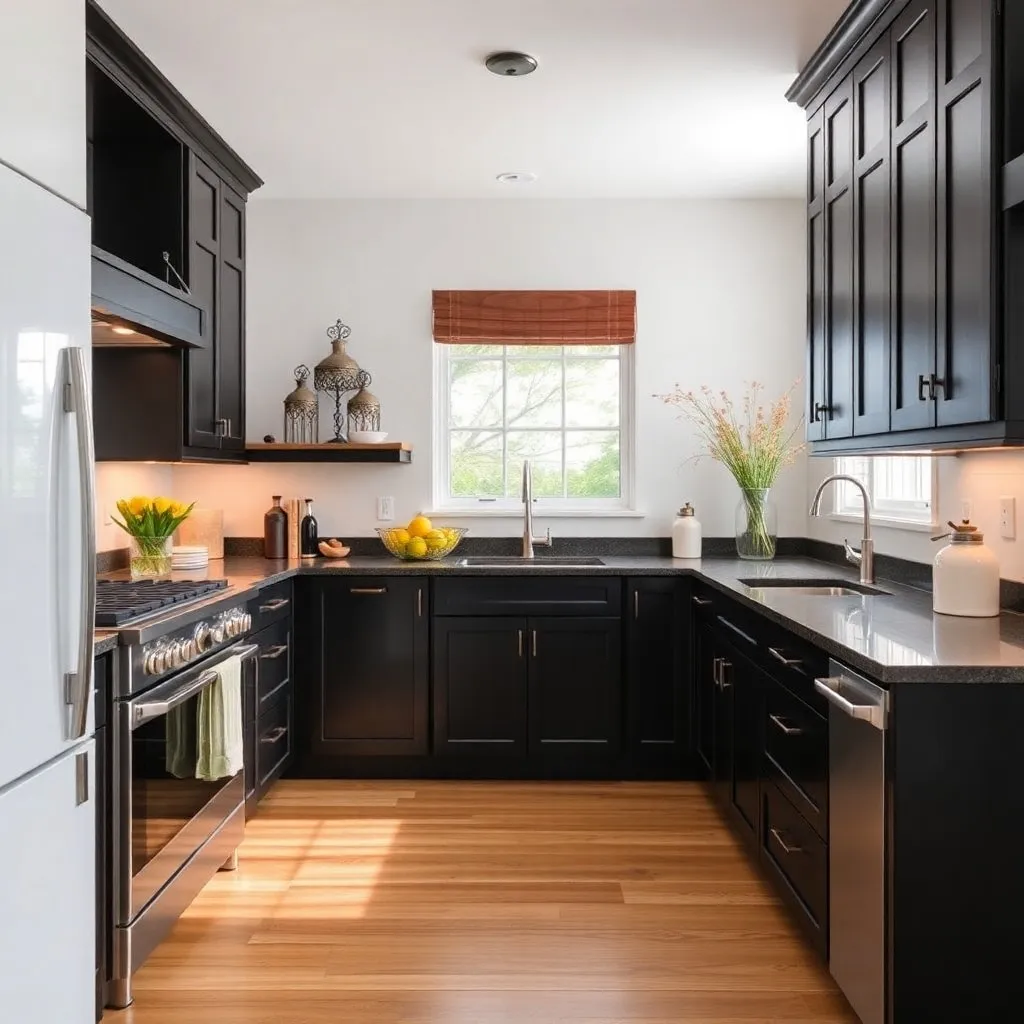
Some additional benefits include how this design can effectively anchor the kitchen, especially in larger spaces flooded with natural light. The dark tones draw the eye and make a statement, while the light walls keep the area feeling bright and open. Such a design choice works particularly well with complementing accents, such as gold or silver fixtures, that can enhance the overall aesthetic.
Disadvantages
Dark cabinets with light walls do have disadvantages. Dark cabinetry can sometimes make a kitchen feel smaller and more enclosed if not balanced with sufficient natural light. This setup may not be suitable for kitchens lacking proper illumination, as it can amplify feelings of confinement.

Combination can also create a stark contrast that may feel overwhelming to some. If you have a smaller kitchen, this dramatic pairing might not be the best option, as it could further diminish the perceived space. Additionally, maintaining dark cabinets can require more effort, as they may show fingerprints and smudges more readily than their lighter counterparts.
Light Cabinets with Dark Walls
Advantages
Combination of light cabinets with dark walls fosters a bold and modern aesthetic in your kitchen. The light cabinetry creates a bright and airy feel, balancing out the depth provided by the darker walls. This contrast can make the kitchen feel more spacious and inviting, particularly in larger rooms with ample natural light.
Another advantage is that dark walls can introduce a sense of warmth and intimacy, making the kitchen feel cozy—ideal for family gatherings and entertaining. With the right accents, such as silver or chrome hardware, this pairing can achieve a balanced look while still allowing you to express your personal style. Cabinets in light tones can evoke a fresh vibe that feels open and welcoming, enhancing the overall cooking and dining experience.
Cabinets that are light in tone make it easier to decorate and accessorize. They complement various themes, from rustic to contemporary, giving you the flexibility to incorporate different colors and textures throughout your space.
Disadvantages
Even with the benefits of light cabinets and dark walls, there are drawbacks to consider. This combination may risk creating a visually heavy space if not styled carefully. Dark walls can sometimes make a room feel smaller if there isn’t adequate lighting, especially in less spacious kitchens.
With deeper hues dominating the space, the wrong choices in accents and decor can lead to a dark and imposing atmosphere, negating the lightness promised by the cabinetry. If your kitchen lacks natural light, this setup might feel less inviting, emphasizing the dimness rather than creating a warm ambience.
Tips for Achieving the Perfect Contrast
Keep in mind that achieving the perfect contrast between your kitchen cabinets and walls requires careful planning and consideration of various elements. Here are some tips to help you find that ideal balance:
- Assess the natural lighting in your kitchen.
- Consider the size of your kitchen space.
- Choose colors that align with your overall style.
- Incorporate various textures to add depth.
- Add accents and accessories for visual interest.
This strategic approach can transform your kitchen into an inviting space that reflects your personal taste.
Selecting Complementary Colors
One of the first steps in creating the desired contrast is selecting complementary colors. Consider how darker or lighter cabinets can work with wall colors to enhance the overall aesthetic. For example, if you choose dark cabinets, pairing them with light walls can help maintain an airy feeling while allowing the cabinetry to serve as a focal point.
Additionally, you may want to experiment with color swatches. Smarter selections, like deep forest green cabinets against creamy walls, can add sophistication. The lighter walls will balance the darker cabinets, creating a cohesive look that is visually appealing.
Incorporating Accents and Accessories
Even with a strong color contrast, it’s important to enhance your design with accents and accessories. These details can bridge gaps between darker cabinets and lighter walls or vice versa. Think about using hardware, lighting fixtures, and decorative items in finishes like gold or silver that can provide a lovely contrast without overwhelming your space.
To elevate the design further, consider how these accents work with your cabinet and wall colors. For instance, if you opt for light cabinets with dark walls, choose bright hardware to ensure that they pop against the background. The right accessories not only tie your theme together but also create unique focal points throughout the kitchen.
Using Textures to Enhance Contrast
Using a mix of textures can significantly enhance the contrast between your kitchen cabinets and walls. By combining different materials—like glossy tile backsplashes with matte cabinet finishes—you can create layers that add depth and interest. Textured elements can break the monotony often associated with flat colors, making your kitchen feel more dynamic.
Plus, don’t underestimate the impact of soft furnishings, like seat cushions, curtains, or even a textured rug to add warmth. These elements can contrast beautifully with your cabinets and walls while introducing additional color and pattern, increasing the overall depth of your kitchen design.
This multifaceted approach to using textures can help unify lighter and darker elements while adding a personal touch to your space.
Final Words / Conclusion: Choosing the Perfect Contrast
Ultimately, the decision on whether your kitchen cabinets should be darker or lighter than your walls is an important aspect of your kitchen design that hinges on your personal preferences and the specific characteristics of your space. By assessing factors such as natural light availability, the size of your kitchen, and your design style, you can create the ideal balance that reflects your aesthetic vision. Whether you gravitate towards the sophistication of dark cabinets paired with light walls or the boldness of light cabinets set against darker tones, your choices can significantly impact the overall ambiance of your kitchen.
In your pursuit of a stunning kitchen, striking the right contrast between cabinets and walls will not only enhance the visual appeal but also elevate the functionality of the space. By considering the various elements discussed, you’ll gain the confidence to make an informed decision that resonates with your taste while maximizing the potential of your kitchen. Embrace the art of color coordination, and transform your kitchen into a harmonious environment where style and practicality coexist seamlessly.
FAQs – Should Your Kitchen Cabinets Be Darker or Lighter Than Walls?
What factors should I consider when choosing the color of my kitchen cabinets relative to my walls?
Several factors can influence your decision, including the amount of natural light in your kitchen, the size of the space, and your personal design style. Natural light can allow for darker cabinets, while lighter colors might be better suited for dimly lit areas. The size of the kitchen can also play a role; smaller kitchens often benefit from lighter colors to create an illusion of space, while larger kitchens can handle darker hues without feeling cramped.
What are the benefits of having dark cabinets with light walls?
Dark cabinets paired with light walls create a striking visual contrast that can add depth and sophistication to your kitchen. This combination draws attention to the cabinetry while keeping the room feeling open and bright. It is especially effective in spaces with ample natural light, as the dark tones can enrich the space without overwhelming it.
Can I use light cabinets with dark walls in my kitchen? What are the advantages?
Yes, light cabinets with dark walls can create a bold and modern aesthetic. This pairing works well in larger kitchens or those with plenty of windows, allowing for a cozy ambiance without making the space feel too dark. The light cabinets help to elevate the room and can create a welcoming atmosphere while the dark walls add warmth and richness.
How do I decide on a color scheme for my kitchen cabinets and walls?
Start by considering your desired ambiance and style. You might want a more traditional look with darker, richer tones or a modern, minimalist feel with lighter shades. It’s also helpful to gather samples and test them in your kitchen’s lighting, as colors can appear different depending on the time of day and lighting conditions.
What type of materials work best with darker cabinets or lighter cabinets?
Dark cabinets tend to pair well with lighter materials like white or cream countertops, which can provide balance and brightness. Light cabinets can complement darker countertops, such as deep granite or quartz, that add a touch of elegance. Additionally, selecting consistent hardware and fixtures can enhance the overall look of your chosen color scheme.
Are there popular color combinations that work well together for my kitchen?
Yes, several popular combinations exist. For a classic look, consider dark wooden cabinets with soft cream walls. For a modern vibe, light gray cabinets with dark navy walls can create an eye-catching contrast. Exploring trendy colors, like emerald green cabinets with soft beige walls, can also add a unique flair to your kitchen design.
How can I incorporate both light and dark elements in my kitchen design?
You can achieve balance by using a combination of both light and dark cabinetry or by incorporating contrasting elements such as backsplashes, countertops, or decorative accents. For example, try pairing light upper cabinets with dark lower cabinets, or using dark countertops with light cabinetry to create a layered look that adds visual interest.


